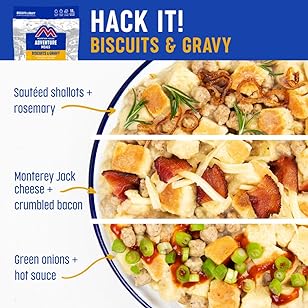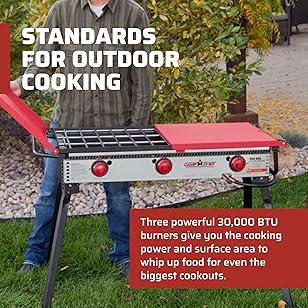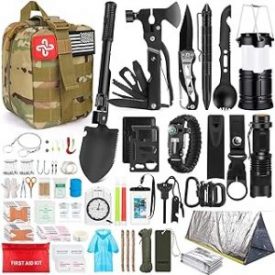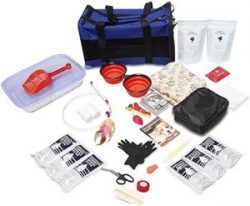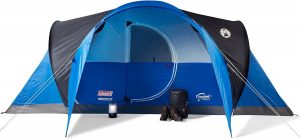Moving The Family in an Emergency
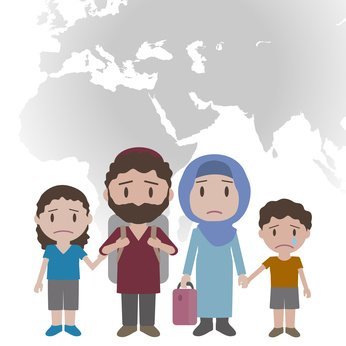 Being able to move your family to a safe location is dependent on planing, preparation and how much time is available. Some emergencies such as flooding, forest fires, hurricanes even volcanoes, may provide sufficient warning those who are prepared to hop into their vehicle and drive, can make it to safety.
Being able to move your family to a safe location is dependent on planing, preparation and how much time is available. Some emergencies such as flooding, forest fires, hurricanes even volcanoes, may provide sufficient warning those who are prepared to hop into their vehicle and drive, can make it to safety.
This theory presupposes everyone is together or can be picked up on the way. Children have cell phones despite whatever the school says. 72 hour bug out bags are ready to toss into the vehicle. The vehicle never has less then half a tank of fuel. Have a place to go outside the crisis zone and map several routes to get you close.
Moving Your Family in an Disaster When Your Car Isn’t an Option
You never know what could happen in a serious emergency. Roads can be damaged so badly that they’re impossible to drive on. Vehicles may be damaged by falling debris. You may need to move your family to safety on foot while also dealing with after effects and your car may not be a viable option.
Preparing for an Mandatory Evacuation
Understand a mandatory evacuation does not mean you have to actually leave. They can not come into your home and pull you out, unless you appear to be mentally incompetent.
What they can do is try to scare you. Hand you a Sharpie marker and ask you to write your identification number on your inner arm so the coroner can identify your body. Let you know calls for help will go unanswered during the crisis.
As part of your preparedness plan, make sure everyone is ready to do a great deal of walking if necessary. Everyone should have suitable broken in comfortable shoes to put on as you evacuate. Tennis shoes are best but anything that’s comfortable for long walks will do. Sandals should be avoided because of broken glass.
Distribute supplies evenly so everyone has some of everything, so if one pack is lost or stolen all of something isn’t lost.
Acquire a battery powered radio to carry with you so you can stay abreast of any important news. Smart phones, tablets and other Internet devices may be usable, but they’re not 100% reliable. Radios are guaranteed to work as long as stations are on the air.
Bring along snacks and light weight distractions for the kids. Distractions can include coloring books, favorite games, or toys they like to play with. You’ll need to break up the long walk and give them something to do.
Death from Above
Here’s some good news – no matter how hard nature attacks, there’s pretty much no chance what-so-ever the earth will open up and swallow you. The real dangers are from overhead. When the ground starts shaking the wind howling, stop walking and cover your head. Broken glass or debris from above can rain down.
Whenever outside, whether there is high winds, shaking or not, scan for anything overhead. Power lines, signs, trees, and debris from buildings can fall. Stay away from vending machines or other large objects that could topple. Even if the ground isn’t shaking right now, a sign or structure can be hanging by a thread, ready to fall.
Stay in open areas as much as possible. Choose a path through a park rather than a street with skyscrapers on both sides.
A few other places to avoid include:
If you choose to seek shelter, pick the structure carefully. Choose something that’s sturdy and has a number of supports. Don’t choose a wide roof that only has supports at the corners or pole structure. This is more likely to collapse.
You should never make use of open flames. Gas lines often rupture in earthquakes and the risk of fires and explosions is high. If you see downed power lines, stay clear of them. Stay clear damaged buildings or structures.
Taking Care of Your Family
Stop frequently and access the situation, take small breaks. It’s better to stop before everyone is tired to take a breather than to wait until everyone is exhausted already. Use the snacks and distractions you’ve packed for the kids to keep them entertained and occupied.
Stay calm and don’t run. Your kids will be watching you. If you’re afraid, this will heighten their fear. Running will wear you out more quickly and increases your risk of injury. Walk calmly and carefully.
If possible, walk with others of like circumstance. Be vague as to destination if headed to a personal safe place. Don’t display items you aren’t prepared to lose, share or trade. Better they think your bug out bags are full of coloring books and stuffed animals. When you’re with other people, you can help each other out. It also helps to simply have others to talk to, provided you’re not being pumped for information. That friendly guy may take off with your pack in the middle of the night. Long walks aren’t particularly fun, especially when there are dangers around you, and when you have companions it’s much easier.
_


 January 24, 2016
January 24, 2016 
